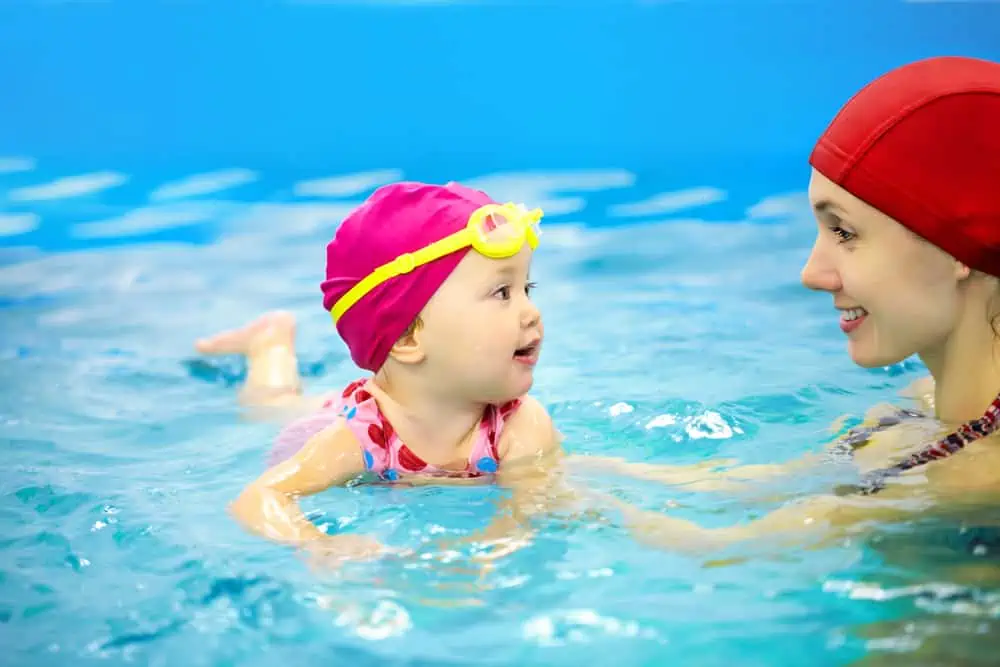Taking a toddler to a house with a pool for the first time is an experience no parent is ever prepared for. That kid will absolutely find the water and run screaming to get to it. We don’t expect children to be innately terrified of things like drowning, so this comes as a surprise to us. They need to learn that from us. The good news is that we’re experts at making our children terrified of things like clowns, the dark, animals, and strangers.

This holds some wisdom. As parents, it is our duty to protect our children from harm so that they can grow up to be strong and independent. However, evading danger is not the same as navigating it. We have tried to build a world free of danger for our children far too often in our efforts to shield them from harm. This strategy has two major flaws.
New Parenting Perspective
Taking risks makes people nervous, but staying safe means you’ll never know who you are, as Danish philosopher Soren Kierkegaard put it. since achieving great heights requires a keen awareness of one’s own identity. Adventure is a necessary component of a complete and meaningful existence. Nevertheless, if we want our children to have adventurous lives, we must constantly tell them not to be scared.
1. Teach them they are loved.
Knowing you are loved sincerely gives you incredible strength. Find out how to show your child that you love them in a way that resonates with them, even if it’s different from how you feel about it.
2. Model an adventurous and meaningful life.
Motivate your children by taking on a challenge that relates to a greater narrative. Look for a 5K that raises money for a good cause, and you and your child can train to run it. Put a lot of money into a cause that means a lot to you as a family (let your kid have a say in which one) and have them work for a part of it. Going on a family trip to a national park can allow your youngster to experience the beauty of nature firsthand, whether it’s by hiking in the mountains or taking in the breathtaking views of the Grand Canyon. If you want your child to learn about the bravery and perseverance of actual people, you should take them to Ellis Island, Gettysburg, or somewhere along the Underground Railroad.
3. Encourage failure.
Too frequently, we instill in our children, either consciously or unconsciously, the belief that failure is the worst possible outcome. It is not true. We gain wisdom when we take risks, make mistakes, and then succeed again. Do not save your children when they are in trouble; instead, let them take on difficult tasks on their own. You can teach children a lot by assisting them when they fall short, and one of those lessons is that it’s okay to try again. Prior to sending them out for a second attempt.
4. Prepare them.
Get your children talking about limits and how to set them. Show them the ropes of giving and receiving money generously. Enroll them in a self-defense course. Assist them in developing strong friendships. Luke was made to train by Yoda. Send them on expeditions only when they’re ready.
5. Share your stories.
Can you think of instances when you faced your fears head-on and emerged victorious? Talk to your kids about your experiences, both the good and the bad.




